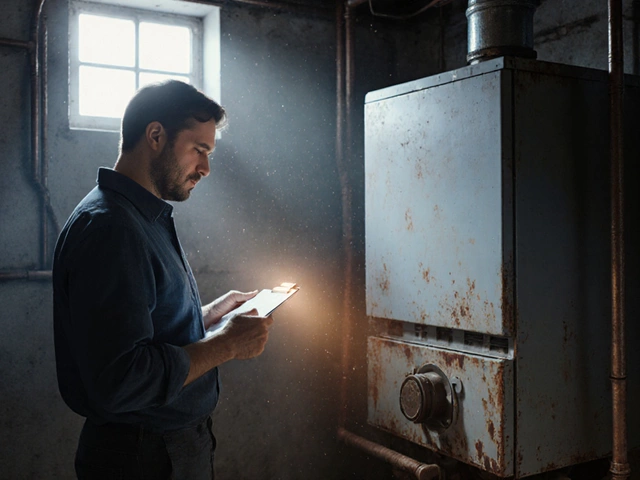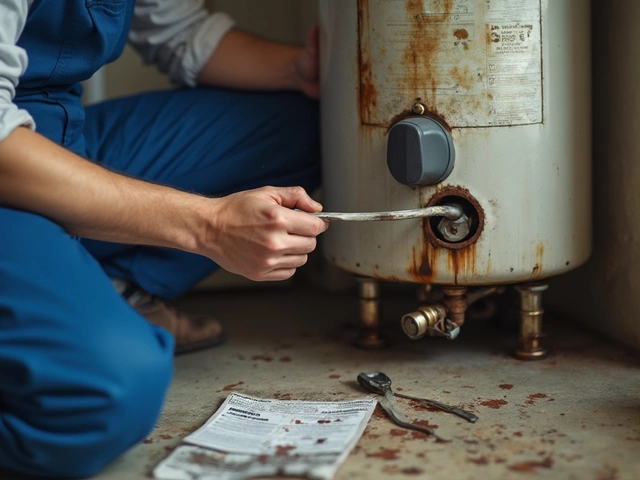How to Tell If Your Microwave is on the Fritz
March 7 2025Bad Heating Element – What Happens and How to Fix It
If your oven or other appliance suddenly stops heating, the culprit is often a bad heating element. You might see uneven heat, a cold spot, or the whole unit just won’t turn on. Before you call a technician, take a quick look at the element yourself. In many cases you can spot the problem, test it, and even replace it without special tools.
How to Know Your Heating Element Is Bad
First, watch for these common signs:
- Food cooks unevenly or takes longer than usual.
- The oven stays cool even though the timer says it’s on.
- You hear a humming noise but see no heat.
- The element looks blackened, cracked, or has a broken coil.
When you notice any of these, turn off the appliance and disconnect the power. Safety first.
Next, do a simple continuity test. Pull the element out (most ovens have a couple of screws), set your multimeter to the lowest ohm setting, and touch the probes to the terminals. If the meter reads infinite resistance or jumps around, the element is broken and needs replacing.
Repair or Replace? Quick Decision Guide
If the element fails the continuity test, replacement is the go‑to solution. Most heating elements are sold as a single part and come with a basic guarantee. Here’s a fast checklist:
- Match the model number. Look at the back of the element or the appliance’s manual.
- Buy the exact part – many online stores list parts by brand and model.
- Gather a screwdriver, a socket set, and safety gloves.
- Remove the old element, note how it’s wired, and install the new one the same way.
- Reconnect power and run a short test cycle.
If the element looks physically damaged but the continuity test passes, the problem might be a loose connection or a burnt wire. Tighten any loose nuts, clean off any carbon buildup, and re‑test. Often a simple reconnection fixes the issue.
When the element is old (over 8‑10 years) and you’re already opening the oven, consider swapping it for a newer, more efficient version. Newer elements heat faster and use less electricity, which can lower your energy bill.
Finally, if you’re uncomfortable working with electricity or the appliance still misbehaves after a new element, call a certified gas engineer or appliance technician. They can check the thermostat, control board, or wiring – all of which can mimic a bad element.
Bottom line: a bad heating element is usually easy to identify and replace. By testing continuity, inspecting for visual damage, and following a simple step‑by‑step replacement guide, you can get your oven back to normal without a pricey service call. Keep a spare element on hand if you rely on the appliance a lot; it’s a small investment that can save you a lot of hassle later.
 17 May
17 May
Bad Hot Water Heater Element: How to Spot It Fast
Is your shower turning cold halfway through or does your water heater sound like it’s throwing a fit? Chances are, your hot water heater element might be bad. This article covers the typical signs that hint at an element gone rogue, what you can check yourself, and how to avoid unnecessary headaches. Get tips on quick home tests and when to call in a pro. Nobody likes surprise cold showers, so here’s how to keep yours steaming.
Read More...



